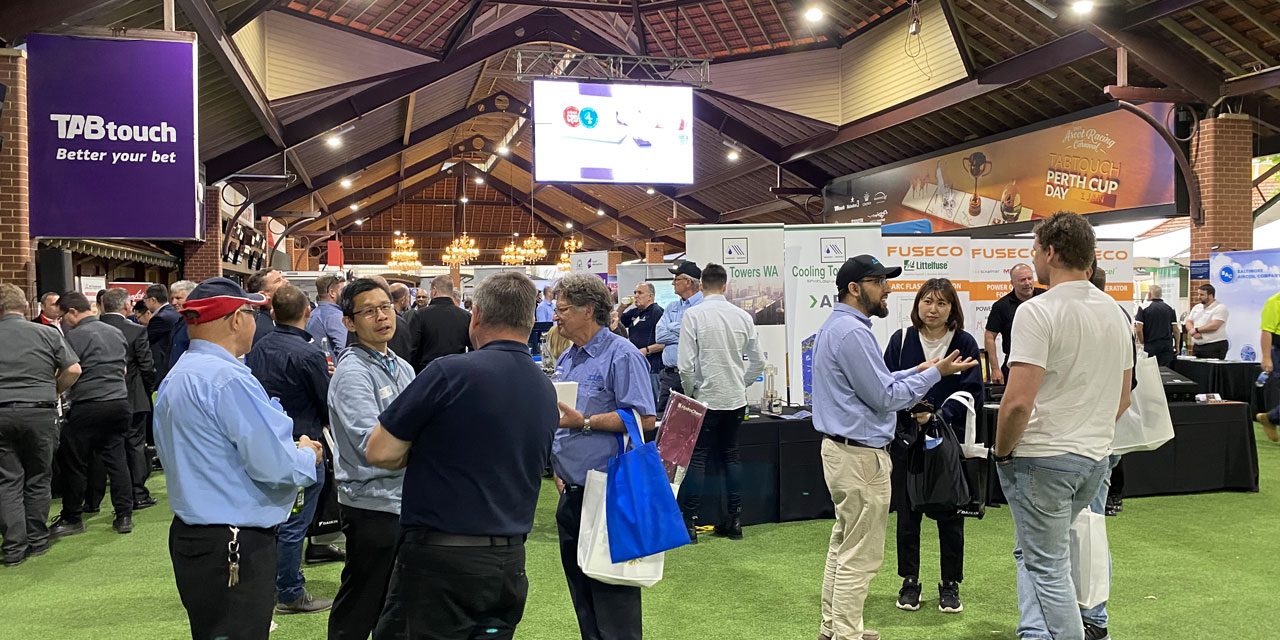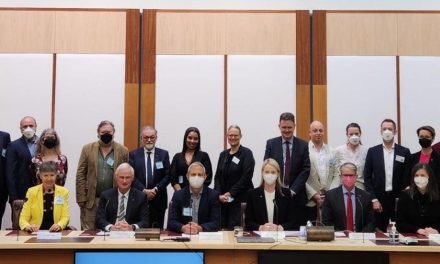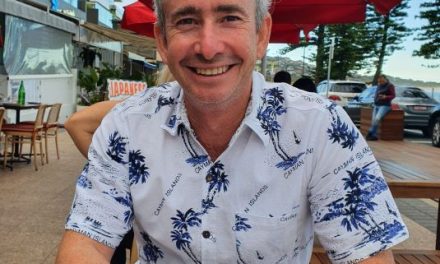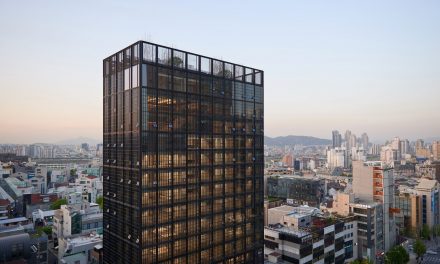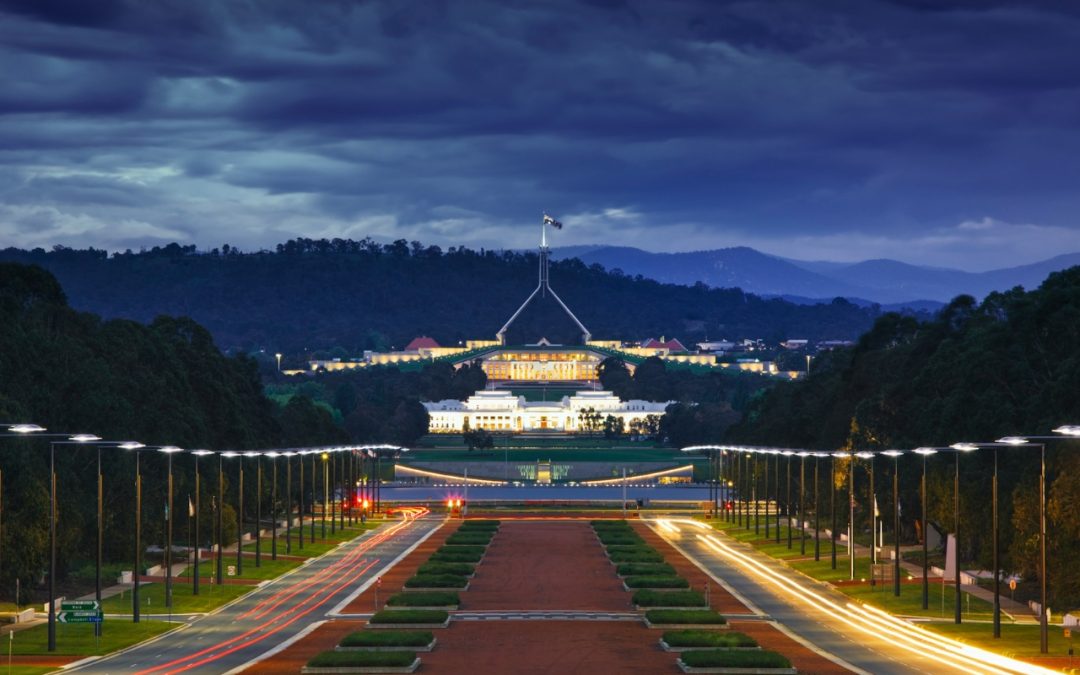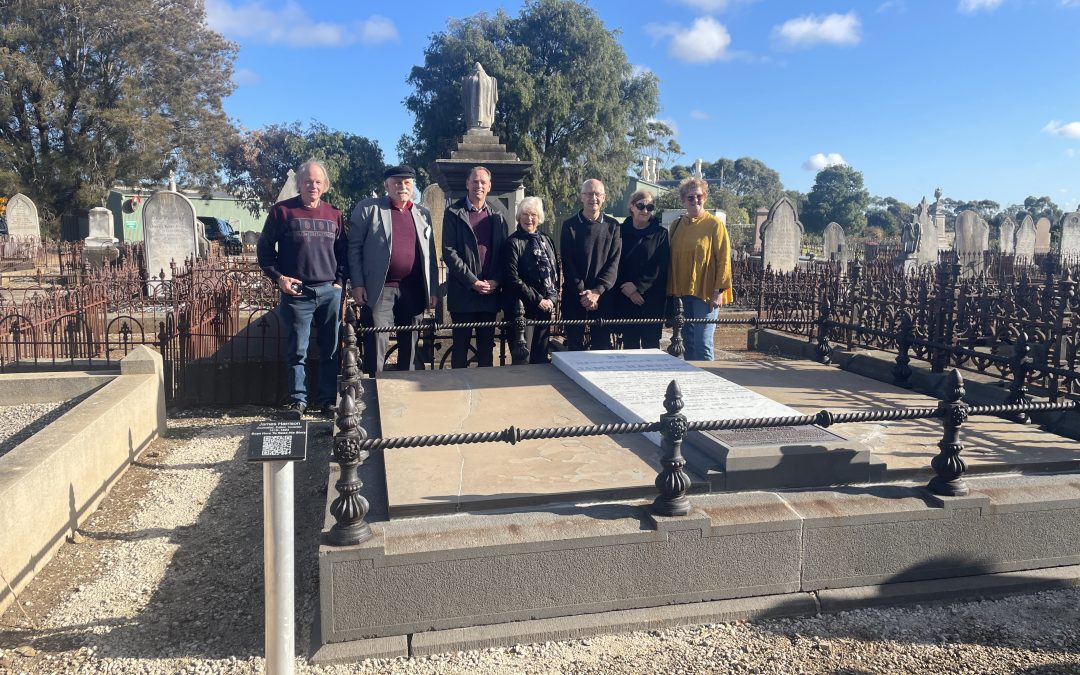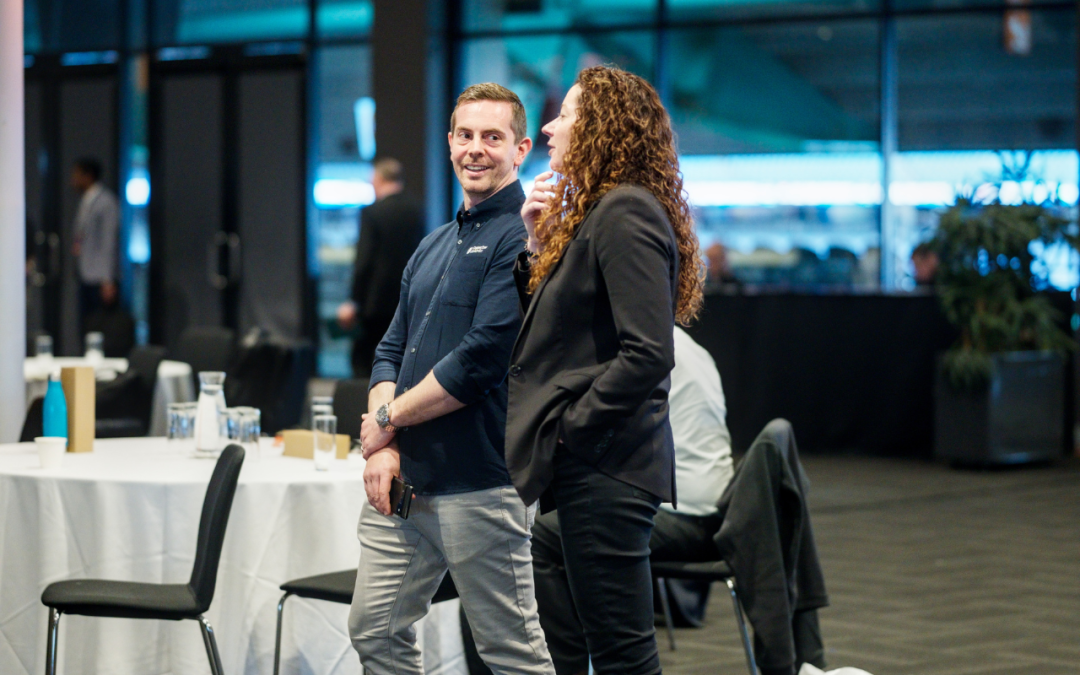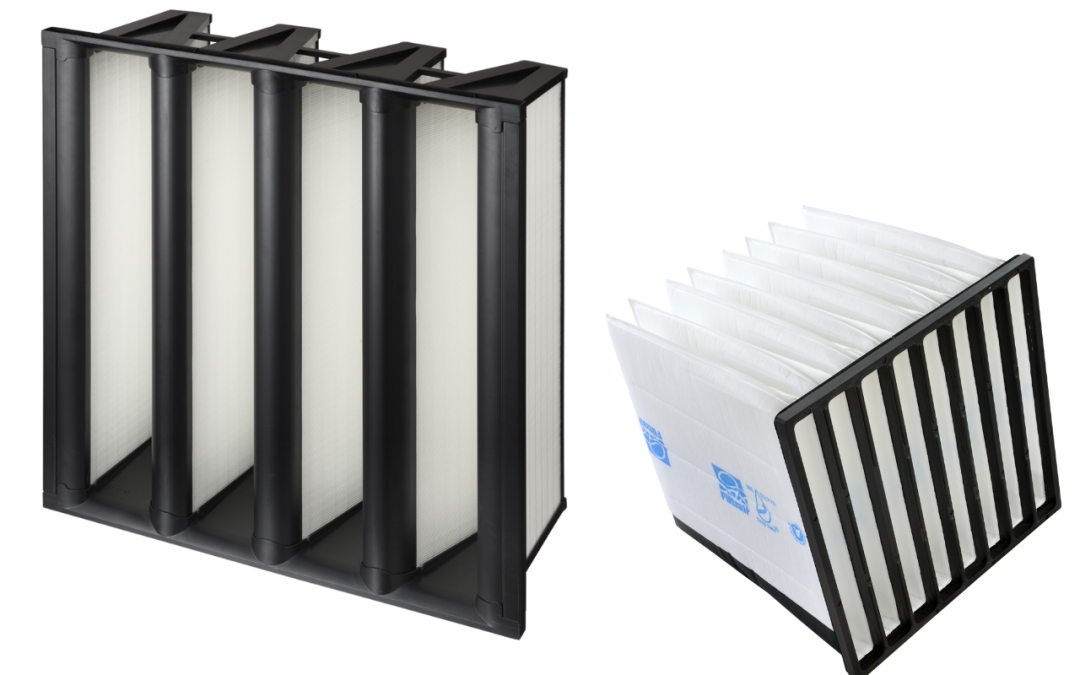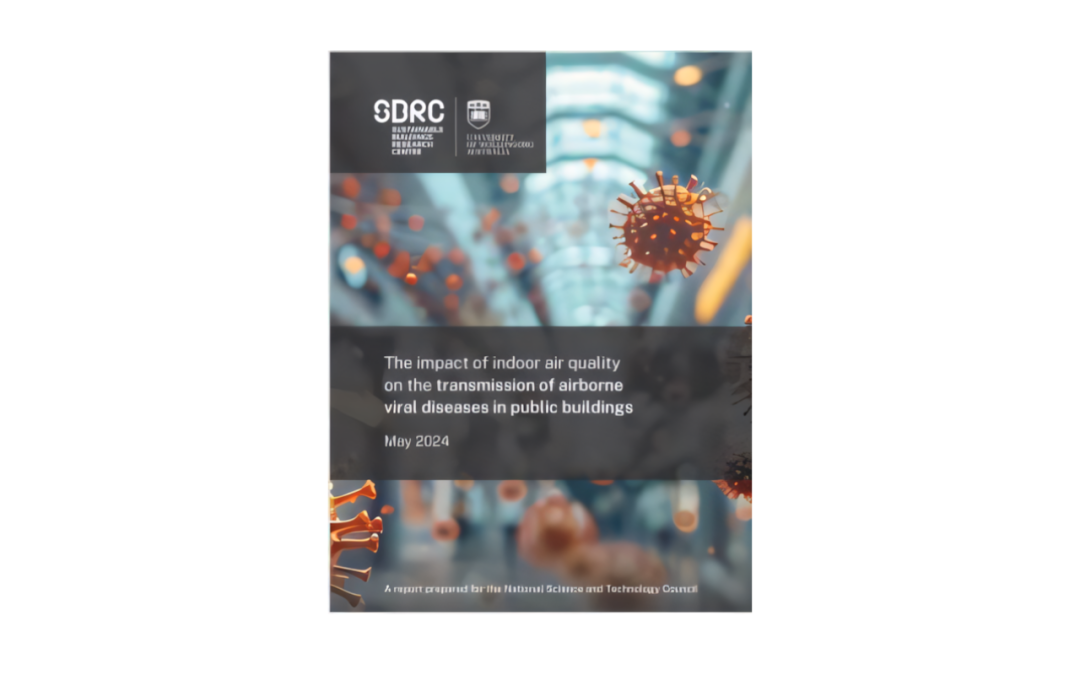Western Australia’s HVAC&R community united for the AIRAH WA Emerging Trends Symposium and the Perth Industry Night.
On Tuesday, November 9, AIRAH’s WA Division held its second WA HVAC&R Emerging Trends Symposium at Ascot Racecourse as a half-day event with five speakers.
WA division committee President Chris Bong, M.AIRAH, opened proceedings with a presentation on the electrification of heating. He spoke about the urgent need to decarbonise our built environment to address climate change. He also explored how we could do this by replacing gas/oil boilers with alternative technologies such as air-to-water heat pumps, water-to-water heat pumps, and cascade systems.
Pools of talent
Next, Professor Hui Tong Chua of the University of Western Australia presented models for predicting the temperature of pool water and the capacity of outdoor swimming pools heating plants. The models were evaluated against measured data from 50m and 30m swimming pools at the Beatty Park Leisure Centre in Perth, Australia, over 36 months.
Derek Olsen, M.AIRAH, from Fast Works HVAC, shared some of the latest developments in virtual reality (VR) training for HVAC practitioners and presented case studies on VR training for air balancing and BIM.
Andrew Haning, Affil.AIRAH from Element47 explored how HVAC can help us get to net zero. And Mark Lommers, M.AIRAH, from DUG Technology closed the Symposium with a presentation on advanced cooling systems for computers.
More than 40 people attended the sessions, and provided very positive feedback. AIRAH members Paul Jackson, F.AIRAH; Ank Malik, M.AIRAH; and Kim Cramer, M.AIRAH; were all on hand to assist.
Making an exhibition of themselves
After the Symposium, AIRAH WA held the Perth Industry Night at Ascot Racecourse from 4–7pm. This featured 37 exhibitors, with more than 220 attendees enjoying the event.
AIRAH would like to thank all the exhibitors for supporting the event. We look forward to an even bigger show in 2022 when border restrictions are expected to ease.
Thanks for the support
AIRAH thanks the sponsors of the WA HVAC&R Emerging Trends Symposium: Daikin, Cooling Towers WA, and Trane Technologies.
